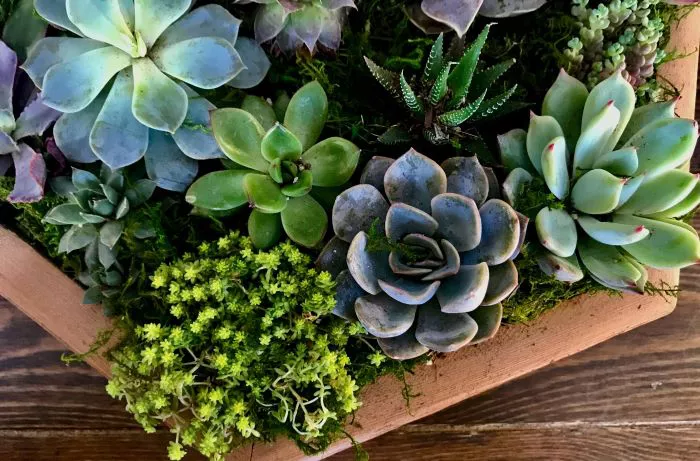Succulents are popular for their low maintenance and unique appearance. However watering succulents without drainage can be challenging. Overwatering is a common issue leading to root rot and plant death. This article provides professional guidance on how much to water succulents in containers without drainage holes ensuring they remain healthy.
Understanding Succulents
Succulents store water in their leaves stems or roots allowing them to survive in arid environments. They thrive in well-draining soil and require less frequent watering compared to other plants. Knowing the specific needs of your succulent species is important as different types may have varying requirements.
Challenges of Containers Without Drainage
Containers without drainage holes pose a risk of water accumulation at the bottom. Excess water can lead to waterlogged soil causing root rot. It is crucial to adapt watering practices to prevent overwatering and ensure proper care for your succulents.
Choosing the Right Soil
Using the correct soil mix is essential when growing succulents without drainage. Opt for a well-draining succulent mix that allows excess water to evaporate quickly. You can create your own mix using components like perlite pumice or coarse sand. These materials improve aeration and drainage reducing the risk of water retention.
Adjusting Watering Frequency
Watering frequency depends on various factors including temperature humidity and light exposure. In general succulents need less water during cooler months and more during warmer periods. For containers without drainage water sparingly. Allow the soil to dry out completely between waterings. Check moisture levels by inserting a wooden skewer into the soil. If it comes out clean the soil is dry and ready for watering.
Measuring Water Amounts
When watering succulents without drainage measure the amount of water carefully. A good rule of thumb is to use one-quarter to one-third of the pot’s volume. For example if you have a four-inch pot use about two tablespoons of water. Start with this amount and observe how your succulent responds. Adjust accordingly based on its health and environmental conditions.
Monitoring Soil Moisture
Regularly monitor the soil moisture to avoid overwatering. Stick your finger into the soil up to the first knuckle. If it feels dry it is time to water. Another method is to lift the pot gently. A lighter weight indicates dry soil while a heavier weight suggests moist soil. Using a moisture meter can also help accurately gauge soil moisture levels.
Signs of Overwatering
Be vigilant for signs of overwatering such as yellowing leaves soft or mushy stems and leaf drop. These symptoms indicate waterlogged soil and potential root rot. If you notice these signs stop watering immediately and allow the soil to dry out. Remove any affected leaves or parts to prevent further damage.
Signs of Underwatering
On the other hand underwatering can cause succulents to become dehydrated. Look for signs such as wrinkled or shriveled leaves loss of color and leaf drop. If your succulent shows these symptoms increase the amount of water gradually until it recovers. Ensure the soil dries out between waterings to maintain a healthy balance.
Providing Adequate Light
Light plays a crucial role in succulent health. Place your succulents near a window where they can receive at least six hours of indirect sunlight daily. Rotate the pots weekly to ensure all sides receive equal light exposure. If natural light is insufficient consider using grow lights positioned about six inches above the plants.
Creating Ventilation
Good air circulation helps prevent excess moisture buildup in soil without drainage. Keep succulents in a well-ventilated area away from drafts and heating vents. Avoid placing them in enclosed spaces with poor airflow which can trap moisture around the roots.
Conclusion
Watering succulents without drainage requires careful attention to detail. By choosing the right soil adjusting watering frequency measuring water amounts monitoring soil moisture recognizing signs of overwatering and underwatering providing adequate light and creating ventilation you can ensure your succulents thrive. With proper care succulents can flourish even in containers without drainage bringing beauty and vitality to your home.


